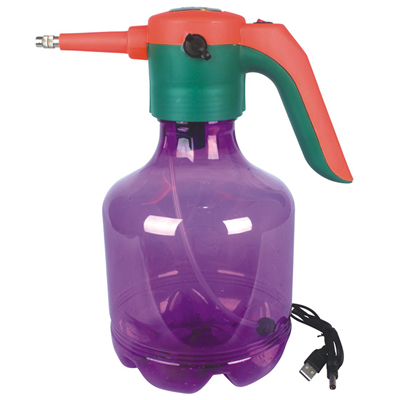In today's modern world, where technology continues to advance at a rapid pace, manual sprayers may seem outdated or obsolete. However, despite the emergence of automated spraying systems, manual sprayers still hold immense significance. These humble tools have been used for centuries and continue to play a vital role in various industries and applications. In this article, we will explore the significance of manual sprayers and why they remain relevant in today's world.
One of the key reasons manual sprayers are significant is their versatility and accessibility. Unlike complex and expensive automated spraying systems, manual sprayers are affordable, easy to operate, and require minimal maintenance. This accessibility allows individuals from all walks of life to use manual sprayers for various tasks, from gardening and agriculture to cleaning and disinfection.
A manual sprayer is a handheld tool used for applying liquids, such as water, pesticides, or cleaning solutions, in a controlled manner. It typically consists of a reservoir for holding the liquid, a pump mechanism for pressurizing the liquid, and a nozzle for directing the spray. Manual sprayers are versatile, affordable, and easy to use, making them suitable for various applications, including gardening, agriculture, cleaning, and disinfection. They provide users with the flexibility to adjust spray patterns and pressure, allowing for targeted and precise application. Manual sprayers are an essential tool for individuals who seek convenience and efficiency in liquid application tasks.
Manual sprayers offer a level of flexibility and precision that automated systems struggle to match. With manual sprayers, users have complete control over the spray pattern, pressure, and application rate. This allows for targeted spraying, ensuring that the desired areas are adequately covered while minimizing waste. Furthermore, manual sprayers can reach tight or difficult-to-access spaces, making them indispensable for intricate tasks.
In today's environmentally conscious world, the significance of manual sprayers cannot be overstated. Unlike automated systems that often require large amounts of water or chemical solutions, manual sprayers offer a more eco-friendly alternative. By allowing users to regulate the spray output, manual sprayers help reduce the amount of water and chemicals used, minimizing waste and environmental impact. This makes them a sustainable choice for both residential and commercial applications.
Manual sprayers allow for a personalized and adaptable spraying experience. Users can choose from a wide range of nozzle types, each suited for specific applications. Whether it's a fine mist for delicate plants or a powerful stream for tougher surfaces, manual sprayers can be customized to meet individual needs. Additionally, manual sprayers can be easily adjusted for different spray angles and widths, enabling users to adapt to various tasks and achieve optimal results.
Using a manual sprayer requires a certain level of skill and technique. As individuals engage with these tools, they develop a sense of empowerment and pride in their abilities. Manual sprayers offer a hands-on experience, allowing users to fine-tune their spraying techniques and achieve professional-level results. This sense of accomplishment not only enhances individual skill sets but also fosters a deeper appreciation for manual labor and craftsmanship.
While automated spraying systems continue to revolutionize various industries, the significance of manual sprayers remains steadfast. Their versatility, accessibility, flexibility, and environmental friendliness make them indispensable tools in a wide range of applications. Moreover, manual sprayers provide a personalized and empowering experience for users, promoting skill development and a sense of accomplishment. As we embrace technological advancements, let us not forget the timeless value and importance of manual sprayers in our ever-evolving world.










